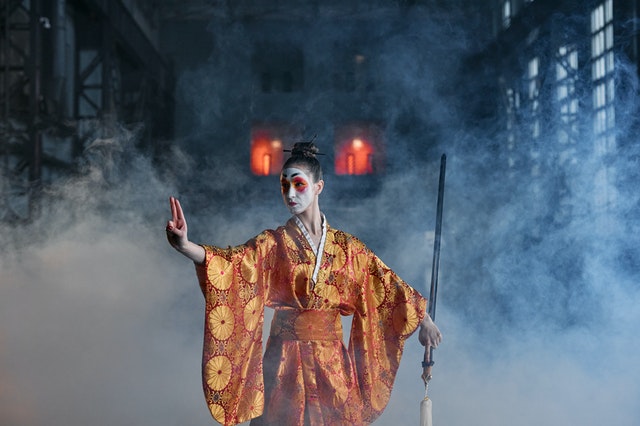Why A Japanese Knife Is Best? What Steel is Used To Make For Japanese Knife?

In the kitchen, we usually use knives from two different families. On the one hand, there are Japanese knives that are only sharp on one side of the blade. Western knives, on the other hand, have a keen edge on both sides. Each knife has a distinct function and application. Both families are made to handle a certain amount of chopping.
In terms of sharpness, durability, quality, and dependability, Japanese knives are rated the greatest in the world. In comparison to a dull knife, a sharp knife should cut through components with ease. For instance, while working with herbs or delicate veggies like basil, we need a sharp knife to ensure that the plant’s leaf is in great shape and fresh.
As if it hadn’t been snipped On the other hand, because additional pressure must be applied to the meal when using a dull knife, the food is “crushed” and sliced by the force of the knife blade on the cutting surface. This indicates that the food has lost its qualities and is rapidly oxidizing. This is a critical element for the quality of our kitchen’s ingredients, and it accurately demonstrates the amount to which the quality of the foods may be impacted by how they are chopped.
History of Japanese knife
Knives have been vital tools for people since the stone period, whether they are made of stone, steel, or pottery. The Shousouin Museum has the world’s oldest Japanese knife, which dates from the Nara era (710-794). This knife resembles a Japanese sword in form and has a very long handle. Until the middle of the Edo era, this type of knife was in use.
Samurai era:

1467-1595 is a period of time from 1467 and 1595. Sengoku-jidai was a period in Japanese history. It was a time when warring states reigned supreme. Following Sengoku-jidai is the Edo period (1603-1868), which was also known as the Samurai Age. As a result, a lot of swords were required throughout this time period. And the main manufacturing centers were Seki, Bizen, Yamato(Nara), Sanjo, etc. Have you heard of Magoroku-Kanemoto and Okazaki-Masamune? They were dubbed “Master Swordsmiths.”The same technique used to make Japanese swords is used to make Japanese kitchen knives.
Since medieval times, Japanese steel has been of exceptional quality; the katanas of samurai warriors made it renowned, but it is also a very useful substance in everyday life. The superior quality of Japanese steel has found a home in kitchen knives.
“Japanese knife steel may be divided into two types: carbon steel and stainless steel.
Carbon steel
It’s mostly being used to produce traditional Japanese knives like Deba and Yanagiba.
This type of steel is traditionally considered an excellent material for knives since it is exceedingly sharp and easy to resharpen. However, because carbon steel is prone to rust, it must be properly maintained after each usage.
Professional Japanese restaurant chefs prefer this type of knife, as they do not neglect its maintenance.
Stainless steel:

Stainless steel is a material that is corrosion-resistant. It’s a steel that’s not as sharp as carbon steel, but it has the advantage of not rusting as quickly, requiring less maintenance. Steel’s hardness is proportional to the alloy’s carbon concentration. Oxidation is prevented by increasing the quantity of chromium; in fact, steel is termed stainless if the fraction of chromium in the alloy is more than 13%.
And, despite the fact that stainless steel isn’t particularly sharp, new and improved stainless steel is continuously being developed.
